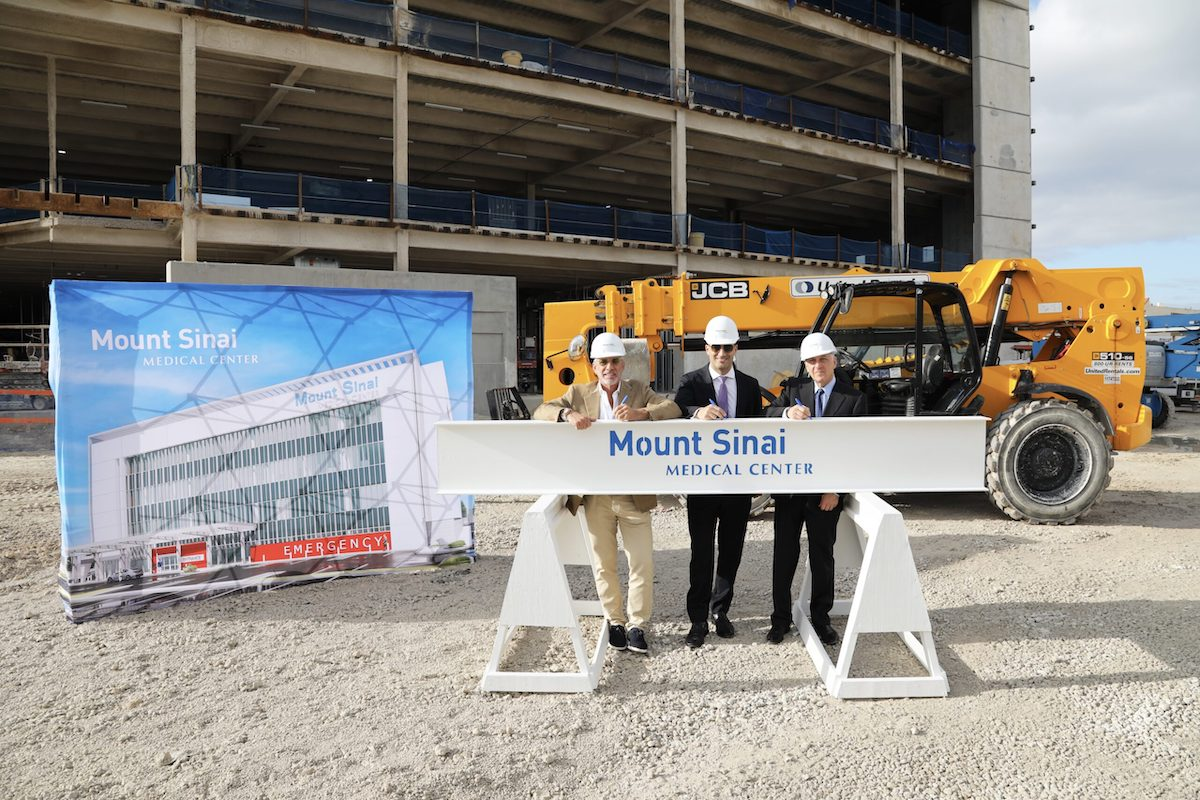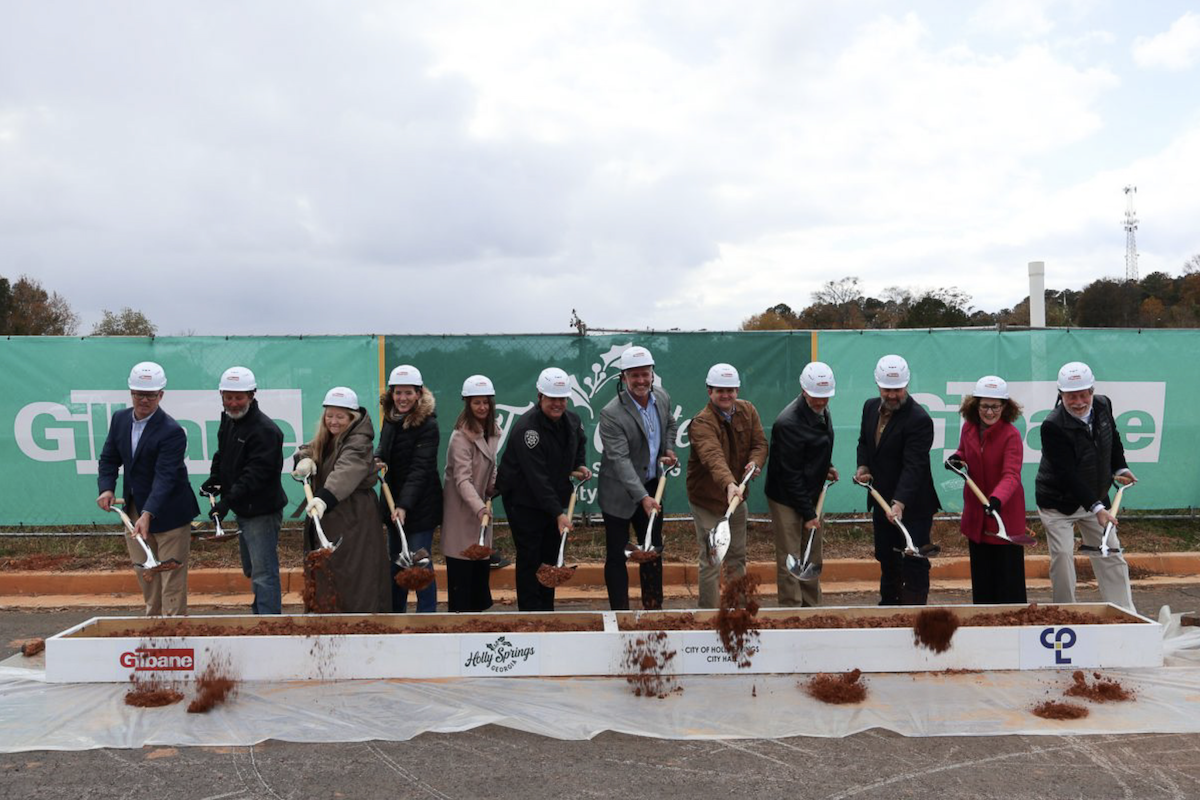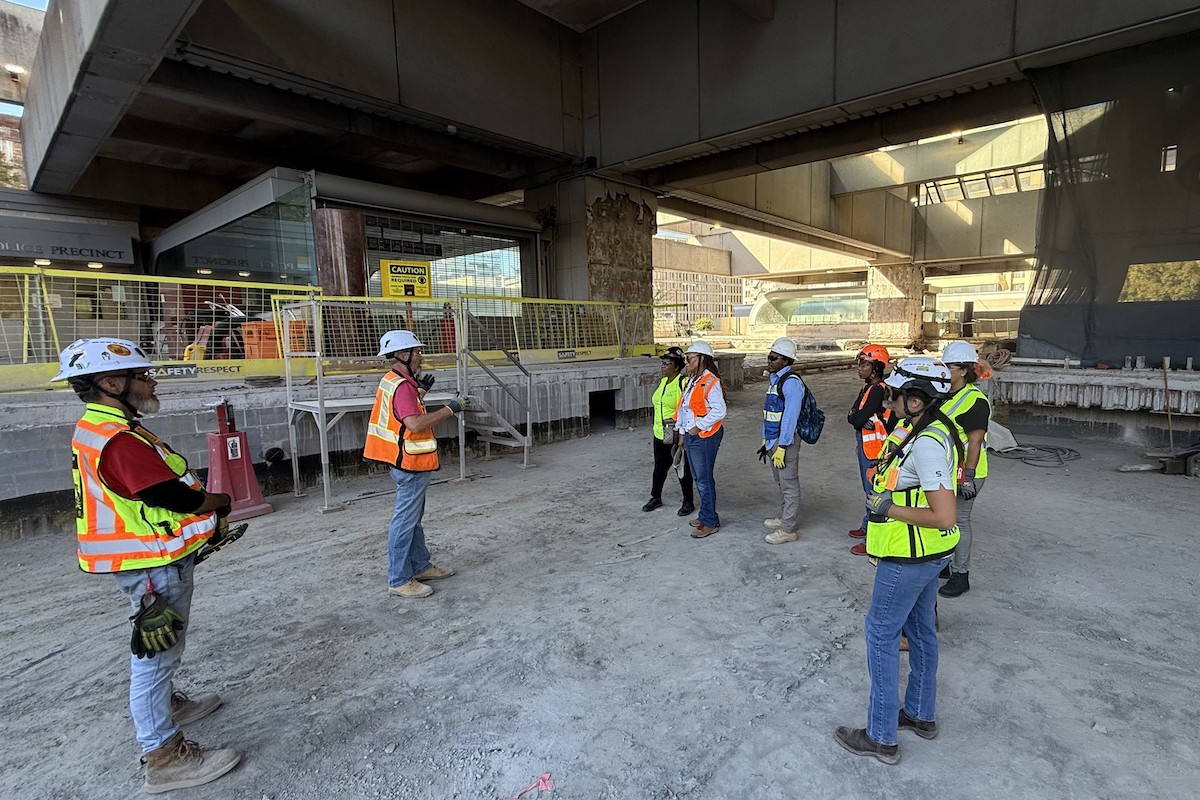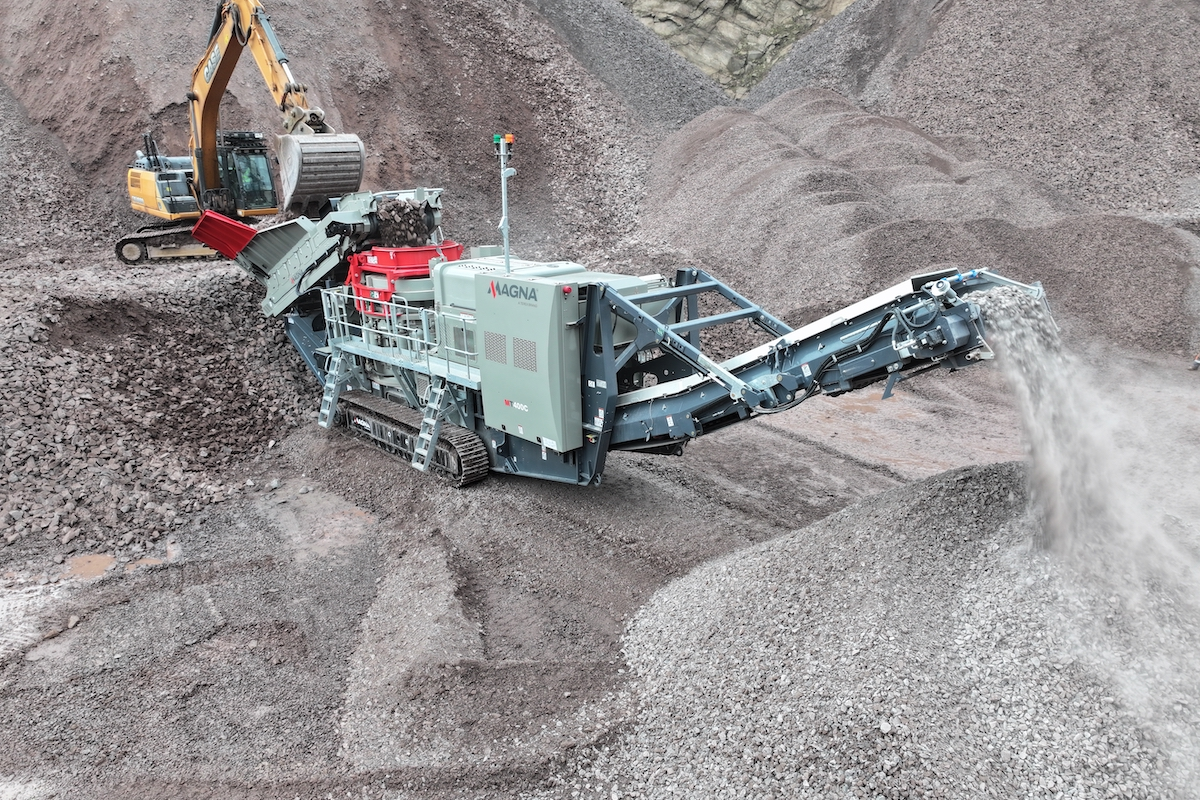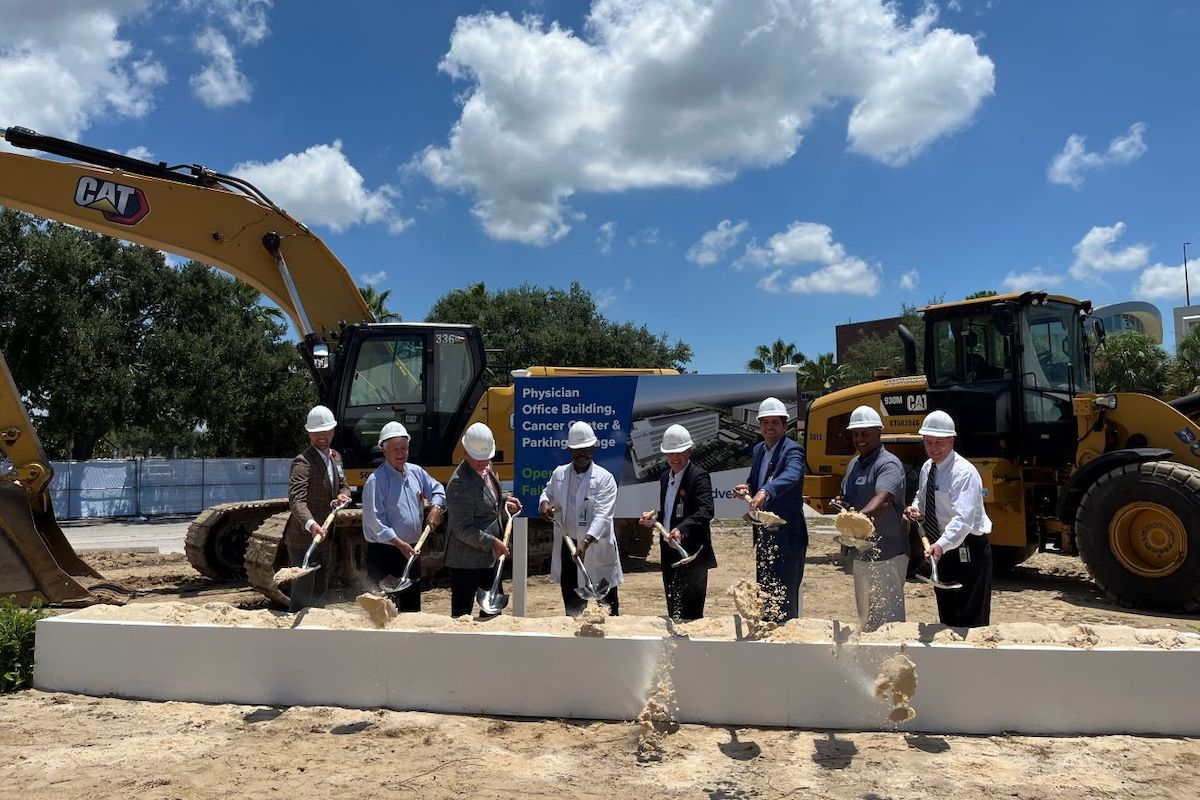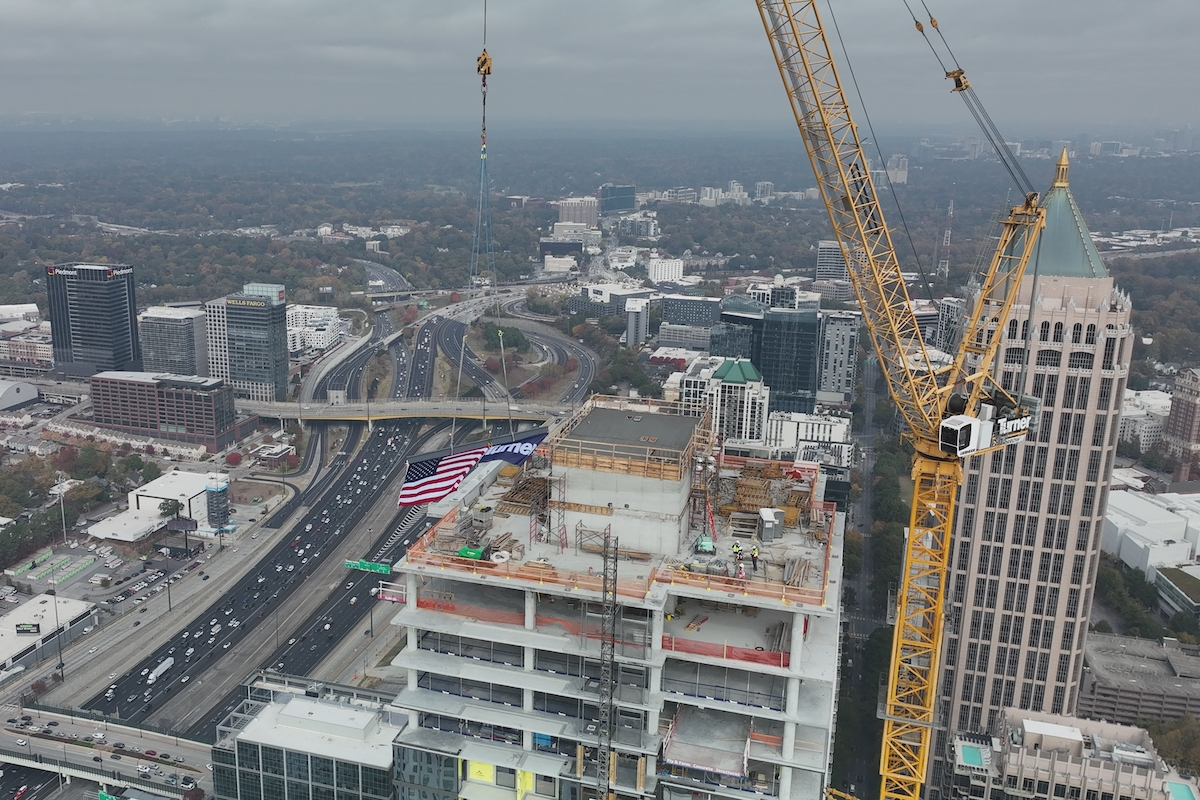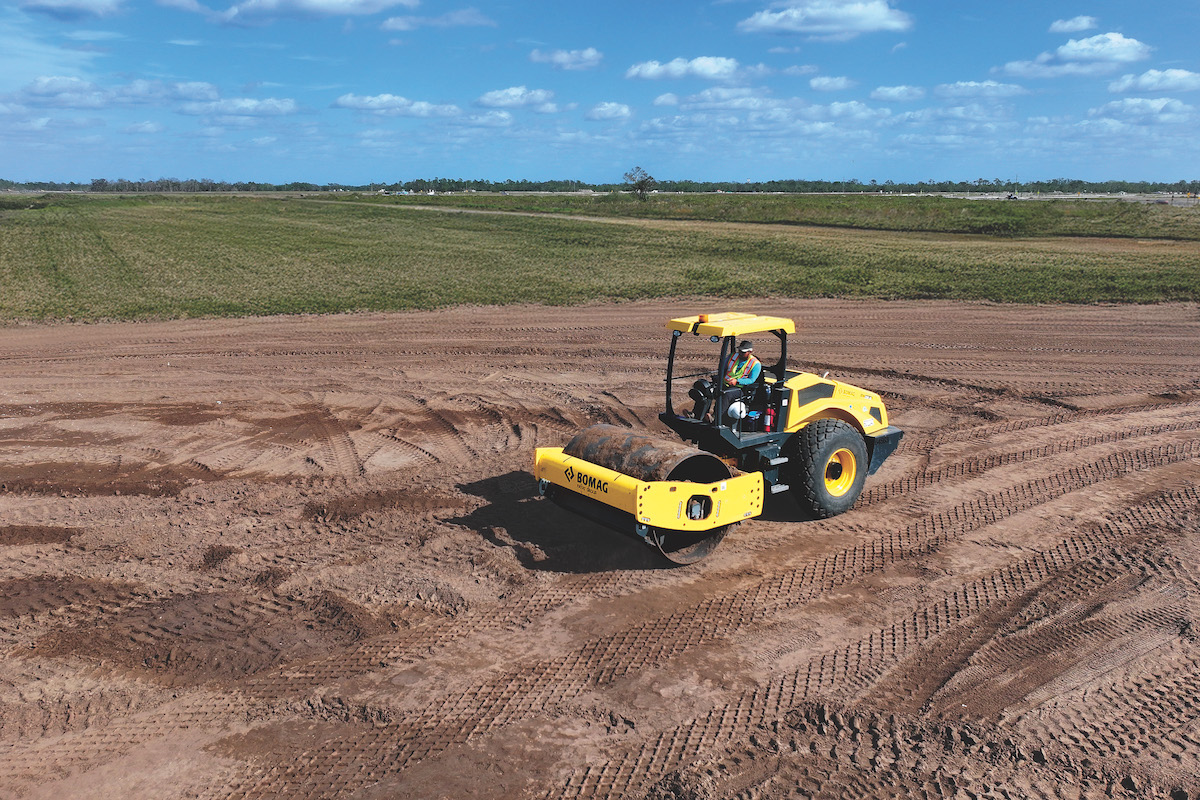But how do you pick the right team for your operation? Some equipment needs might be immediate, but the real value of standardization lies in a long-term partnership. Unlike sports affiliation, standardization can significantly impact efficiency and profits for 10, 20 or even 50 years down the road. Fleet owners should carefully weigh their options before making a decision. Not every manufacturer has what it takes to become a dynasty, so to speak, and no amount of rally caps can turn around a poor investment.
Here are four key stats to consider for optimizing trailer fleet standardization.
Interchangeability is perhaps the most obvious benefit of standardization. Accessories such as axle attachments, axle extensions, deck inserts or jeeps are often designed to pair with a specific manufacturer’s line of trailers. Purchasing accessories for each individual trailer results in unnecessary expenditures and a lot of equipment lying around the yard. Working with a single manufacturer, on the other hand, means operators can limit accessory investment without limiting potential through proper planning.
For example, an operation might have two lowboys – a 55-ton and a 60-ton – they’d like to run with a fourth axle. It’s important to note that these trailers must be designed to accept a fourth axle from the very beginning, which is why thinking ahead is important. Simply adding another axle onto a trailer that wasn’t designed for it does not increase capacity – and doing so can lead to stress and premature failure. However, if the trailers were designed by the same manufacturer and can each accept a fourth axle, the operator only needs to purchase a single axle attachment to optimize capacity on both trailers. This represents a significant savings.

| Your local Iowa Mold Tooling Co Inc dealer |
|---|
| Nichols Fleet Equipment |
Standardization can also streamline processes in the maintenance bay. Stocking common components and wear parts – such as cylinders, valves, or bushings – for a single brand minimizes the investment and necessary storage space, since manufacturers will often use the same wearables throughout their product line. Common parts paired with familiar design elements across multiple trailers can also increase repair and maintenance efficiency. From air and electrical to tire cylinders, working with a single manufacturer minimizes the number of complex systems technicians need to understand.
On the road and in the yard, similarity between trailers increases ease of use and operator comfort. For example, the process for attaching a removable gooseneck varies slightly from manufacturer to manufacturer. Ensuring safe, efficient completion of this common task is vital. And, if it’s done the same way every time, operators save a good deal of time and worry.
Plus, less training is required. In the long run, as employees become familiar with the equipment, they can perform more efficiently as well as identify problems early when the trailer is not behaving as it should.
For a small operation just starting out, funds might be tight. An off-the-lot trailer might provide the capacity needed for current applications, but what happens when it’s time to grow? They can’t just add an axle to increase the capacity. And maybe they aren’t ready to invest in another trailer, leaving them stuck.
As in the above example, flexibility can be designed into a trailer, but it must be done at the outset to minimize the trailer’s final weight. This is where working with established OEMs makes a difference. There’s nothing that says all the elements of a custom-designed trailer have to be built right away. Instead, with the future in mind, operators and OEMs can work together to design a trailer that will meet not only immediate hauling needs but also those five years down the road. The customer can choose the trailer as a stand-alone purchase initially. As the operation grows and equipment needs change, they can purchase additional components, such as axles, deck inserts or jeeps, to accommodate new applications.

| Your local Bobcat dealer |
|---|
| Pinnacle Central Co Inc |
Industry leading manufactures offer a number of versatile trailer designs that allow for growth and overall efficiency from the get-go. Certain top-tier manufacturers feature trailers with variable capacity to increase operators’ versatility while limiting permitting costs and the need for additional equipment. With these trailers, a 55-ton spread axle configuration with a nitro-boosted axle extension can increase to 60-ton capacity in close coupled configurations.
Certain manufacturers also offer modular trailer options. This custom design provides optimum versatility though a mix-and-match type setup that allows operators to add a custom deck insert between the deck and rear bridge or swap out deck styles all together. Additionally, it provides space for shimming, allowing for ideal weight distribution. This minimizes the risk of overloading axles, which can stress components and puts the operator at risk of fines. Again, overall capacity and intended use must be discussed with the manufacturer during the design phase.
Look for a manufacturing partner that uses materials like heavy-duty T-1, 100,000-psi minimum-yield steel. This material allows the most capacity with the smallest impact on trailer weight for extreme durability and longevity. Apitong flooring is another high-quality component to be on the lookout for. This tightly woven and incredibly dense South Asian wood is less susceptible to chipping and cracking, so it stands up better than traditional oak and pine decking and provides more traction than metal. Investing in higher-quality materials and components can double the life of the trailer, significantly enhancing ROI.
Quality components also play a significant role in overall safety, which leads back to longevity. Safety ratings illustrate how well the trailer is equipped to deal with the extra stress that comes from things like bumps, chuckholes and railroad tracks as it travels down the road. These bumps cause the trailer to experience a momentary magnification of payload. In general, trailers can expect an average magnification of payload ratio 1.8 to 1. Safety ratings range from no margin to up to 2.5 to 1, an industry high.
Heavy-haul trailers built with lower-quality materials offer a lower safety rating, are more prone to premature damage and require more maintenance. They simply can’t provide long-term dependability – a key consideration for standardization – and operators end up with less working time and a lower return over the life of the trailer. On the other end of the spectrum, trailers designed with extra margin in the safety rating will experience less stress, wear and damage, resulting in reduced maintenance costs over time.

| Your local Wirtgen America dealer |
|---|
| Tractor & Equipment |
| Beard Equipment Co - AL |
In addition to dependable, high-quality trailers, look for a manufacturer with a knowledgeable and expansive dealer network. Matching an operation’s unique needs to the right trailer requires answering a lot of questions, but it’s the only way to find long-term success. Having someone who can ask the right questions ensures the trailer will meet not only today’s requirements, but tomorrows needs as well.
Finding a manufacturing partner is about more than picking a favorite team – it’s about the long-term benefits standardization can provide.


















